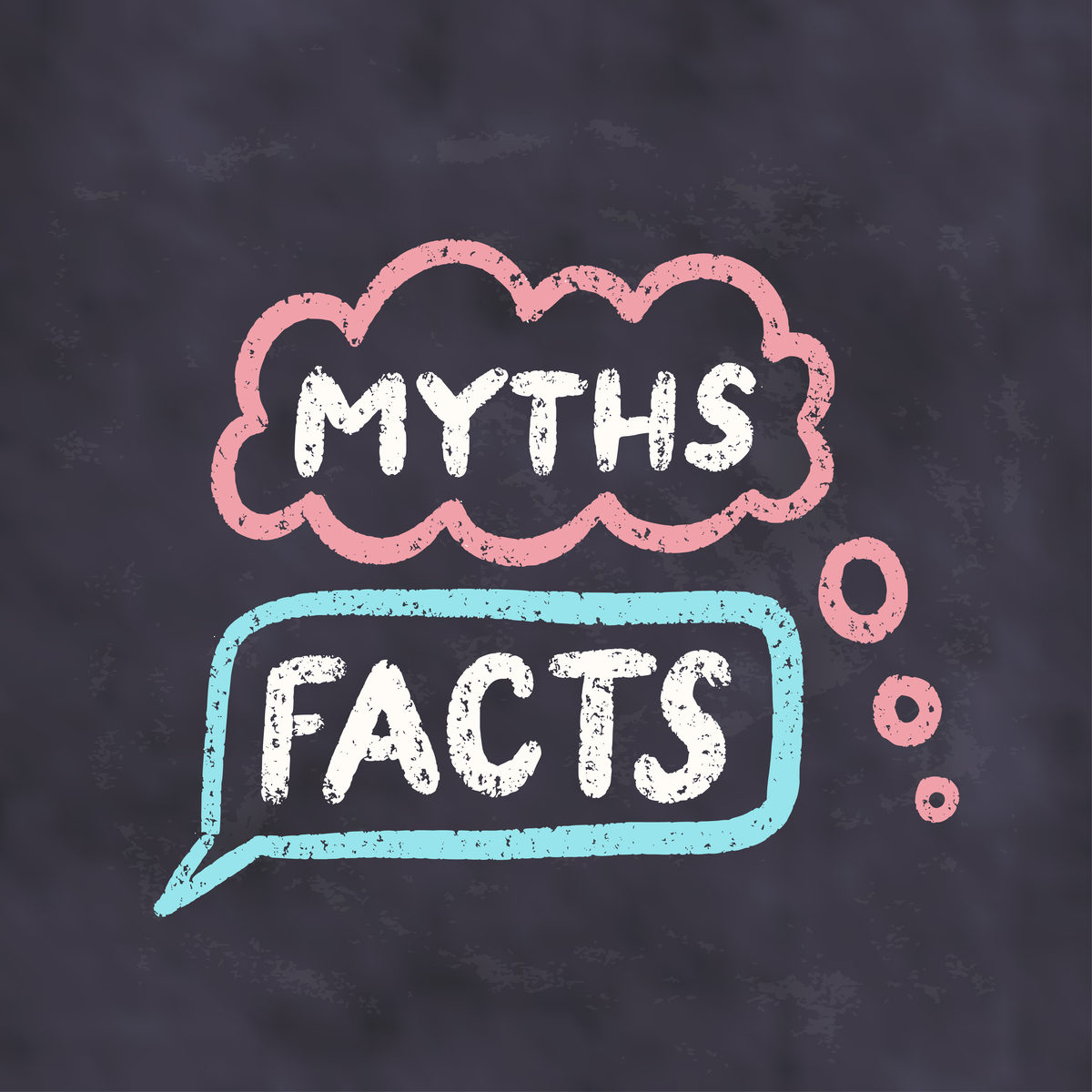Both US sponsors and foreign workers have many assumptions about the H1B visa program that may or may not be true. With the FY2019 lottery approaching it may be helpful to review the most common assumptions and the actual facts.
Assumption: There are not enough STEM graduates in the US to meet demand in the IT sector. (one justification for the high percentage of H1B visas awarded to Indians in the IT industry)
Fact: While China and India have the largest number of STEM graduates (China = 4.7 million and India = 2.6 million), the third largest is the US with 568,000. This is a lower amount but is also proportional to the overall population of each country.
Perhaps in the past foreign STEM graduates have been willing to accept lower wages than their US counterparts, but that wont be an allowed practice in the future. Hi tech companies will have to pay an H1B worker a similar wage as outsourcing decreases, so US graduates may be more attractive since there is not the cost or uncertainty of hiring a foreign worker.
Assumption: It is more difficult to get an H1B visa now with changes in rules and regulations over the past year.
Fact: The annual lottery and odds of success are virtually unchanged for this year, so qualified applicants have the same chance as in the past. Criteria for the H1B petition will be reviewed more closely by the USCIS, but this should not pose a problem for highly skilled applicants.
Assumption: Current H1B visa workers don’t have to worry about changes to the program requirements.
Fact: Some rule changes will affect current H1B holders, and they are subject to increased site visits and review of documents to confirm their eligibility. Likewise, H1B extensions will be reviewed under new enhanced rules and criteria, and some current workers could lose their work permission (especially entry level IT workers or those employed by outsourcing companies).
Assumption: It is more difficult to find an H1B sponsor and petition from outside of the US.
Fact: There is really no real advantage to being in the US when seeking a sponsor, aside from the chance to interview in person. However, the availability of online search platforms like h1b.io, video interviews and electronic submission of documents makes the process very doable from the applicant’s home country.
Assumption: If the H1B petition is submitted early or with premium processing, it increases the odds of being selected in the lottery.
Fact: Neither of these can change the odds of being selected, although it is a good practice to submit the petition early in case there are issues to address or documents to amend.
Assumption: An H1B visa can lead to employment based permanent residency (green card).
Fact: It is true that an H1B worker can begin the green card process while working in the US as a non-immigrant, but in many cases the timetable for a green card could be much longer than the maximum 6 years for an H1B visa work permission.
Assumption: There is an anti-immigrant policy growing in the US that affects the H1B visa program.
Fact: The changing immigration policies in the US may affect some H1B visa rules or qualification requirements, but non-immigrant foreign workers continue to fill a vital role in the US economy. US businesses rely on H1B visa workers and are lobbying strongly to keep the program alive and growing.
- May 10th, 2018
- 0
